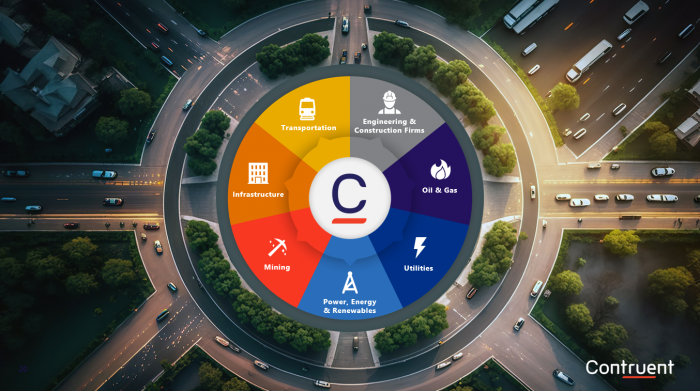Hi,
I explored the relationship between schedule performance index and total float and found,
CASE NO 1.
SPI < 1 then,
i) TF = 0 (It means on schedule but delay in non-critical activities)
ii) TF > 0 (It means ahead of schedule but delay in non-critical activities)
iii) TF < 0 (It means behind the schedule and delay in both critical and non critical activities)
CASE NO 2
SPI = 1 then,
i) TF = 0 (On schedule)
ii) TF > 0 (It means ahead of schedule but critical activities are on schedule)
iii) TF < 0 (It means non-critical activities on schedule but critical activities are delayed)
CASE NO 3
SPI > 1 then,
i) TF = 0 (It means on schedule)
ii) TF > 0 (It means bot critical and non critical activities ahead of schedule)
iii) TF < 0 (It means non critical activities ahead of schedule but critical activities are delayed)
The major purpose for sharing this information is to correct myself if i am wrong. It will be appriciated if someone give his time to read and varify. Thx






Replies